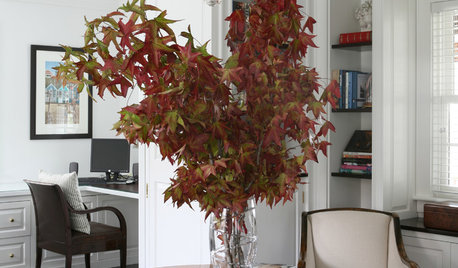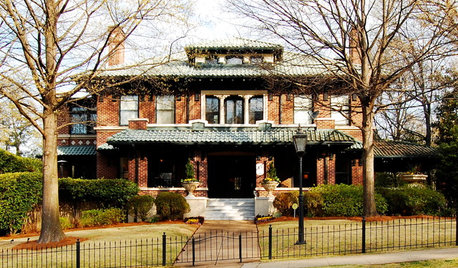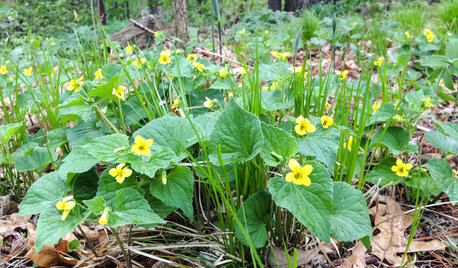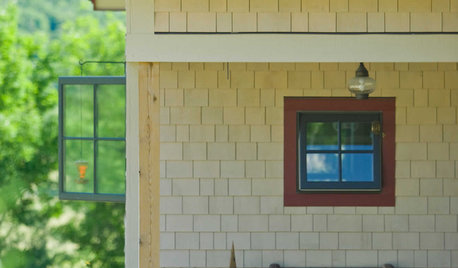yellowing leaves
Leyland
18 years ago
Related Stories

GARDENING GUIDESWhat's Wrong With My Plant? Leaves Often Hold the Clues
Learn how to identify common plant ailments by reading their leaves
Full Story
DECORATING GUIDES9 Easy Ways to Decorate With Autumn Leaves
Give your home a burst of color that can be used Halloween through Thanksgiving
Full Story
REMODELING GUIDESInterior Brick: Paint it or Leave It?
Here's how to know if covering that brick is a sin or solution
Full Story
FALL GARDENING5 Ways to Put Fall Leaves to Work in Your Garden
Improve your soil and yard the organic way with a valuable garden booster that grows on trees
Full Story
LAUNDRY ROOMSRoom of the Day: The Laundry Room No One Wants to Leave
The Hardworking Home: Ocean views, vaulted ceilings and extensive counter and storage space make this hub a joy to work in
Full Story
ARCHITECTUREStates of Style: Alabama’s Icons Leave Their Mark
In the first of a new series, discover the natural beauty, the architectural icons and some of our favorite homes deep in the heart of Dixie
Full Story
GARDENING GUIDESGreat Design Plant: Viola Pubescens Dots Woodlands With Yellow
Plant downy yellow violet in eastern U.S. woodland gardens for its heart-shaped leaves and bright yellow flowers
Full Story
SHOP HOUZZShop Houzz: Brighten Up Your Kitchen With Yellow
Enliven your kitchen with these Houzz finds that are sure to leave you sunny side up
Full Story
COLORGarden Color: Lighten and Brighten With Yellow
From mellow to far out, yellow plants and accent features can bring a taste of the sun close to home
Full Story
EXTERIOR COLORWhen to Paint Your Home Yellow
Be a cheer leader with this color that captures the sun and radiates a warm welcome
Full Story


tom_pariz
tom_pariz
Related Discussions
yellow leaves on bottom of potatoes and some dry-edged leaves on
Q
black tips on new mini leaves, yellowing leaves and 'white sticky
Q
Yellow leaves and now brown spots on leaves!
Q
Saucer magnolia tree - yellow leaves and baby leaves stayed baby size
Q
lozza
Thrip
LeylandOriginal Author
LeylandOriginal Author
Thrip
LeylandOriginal Author
tom_pariz
Thrip
brenton
LeylandOriginal Author
lozza
Bluebelle_Riverina
Thrip
brenton
magic_pete
LeylandOriginal Author
Thrip
LeylandOriginal Author
Thrip
tobin1
varmi